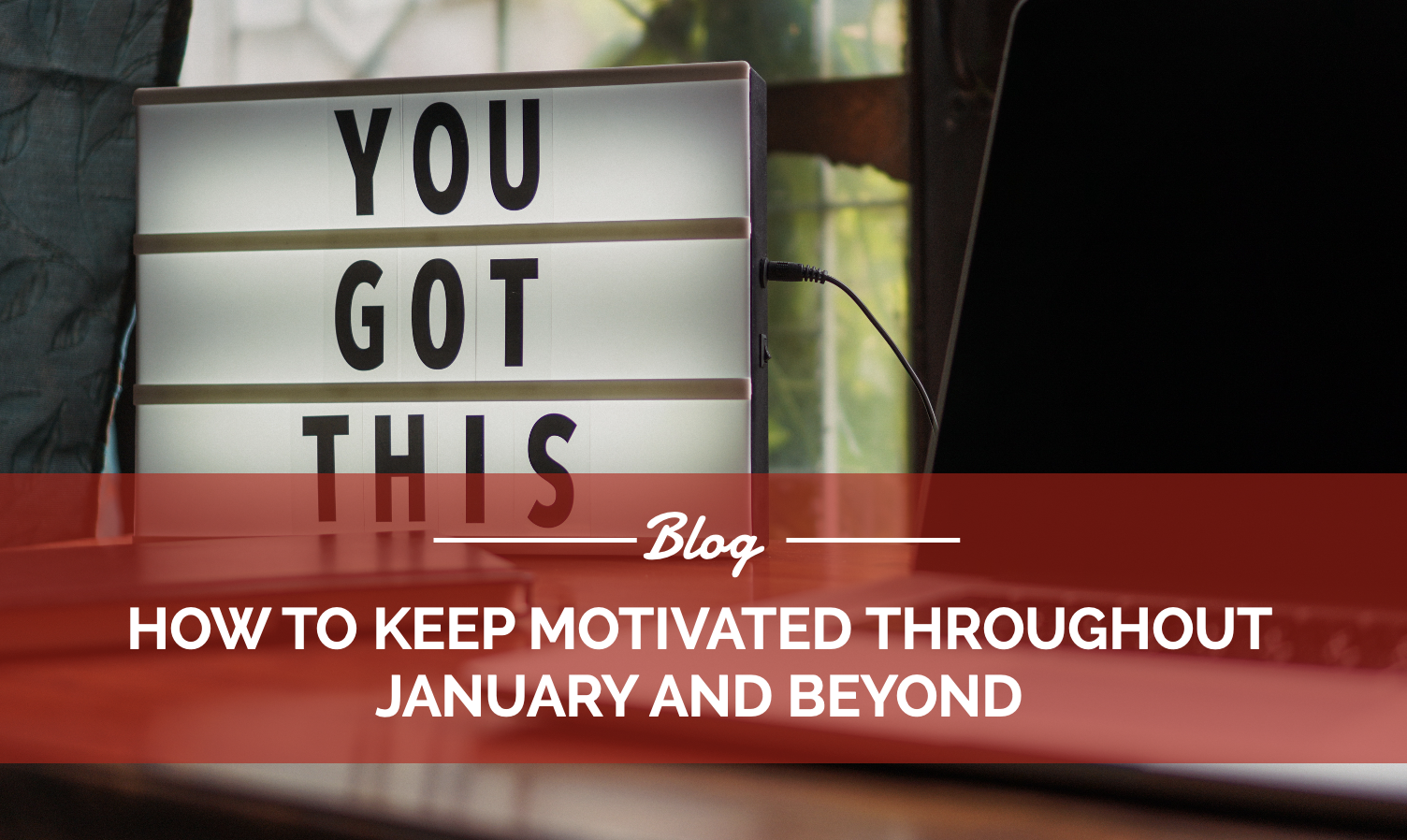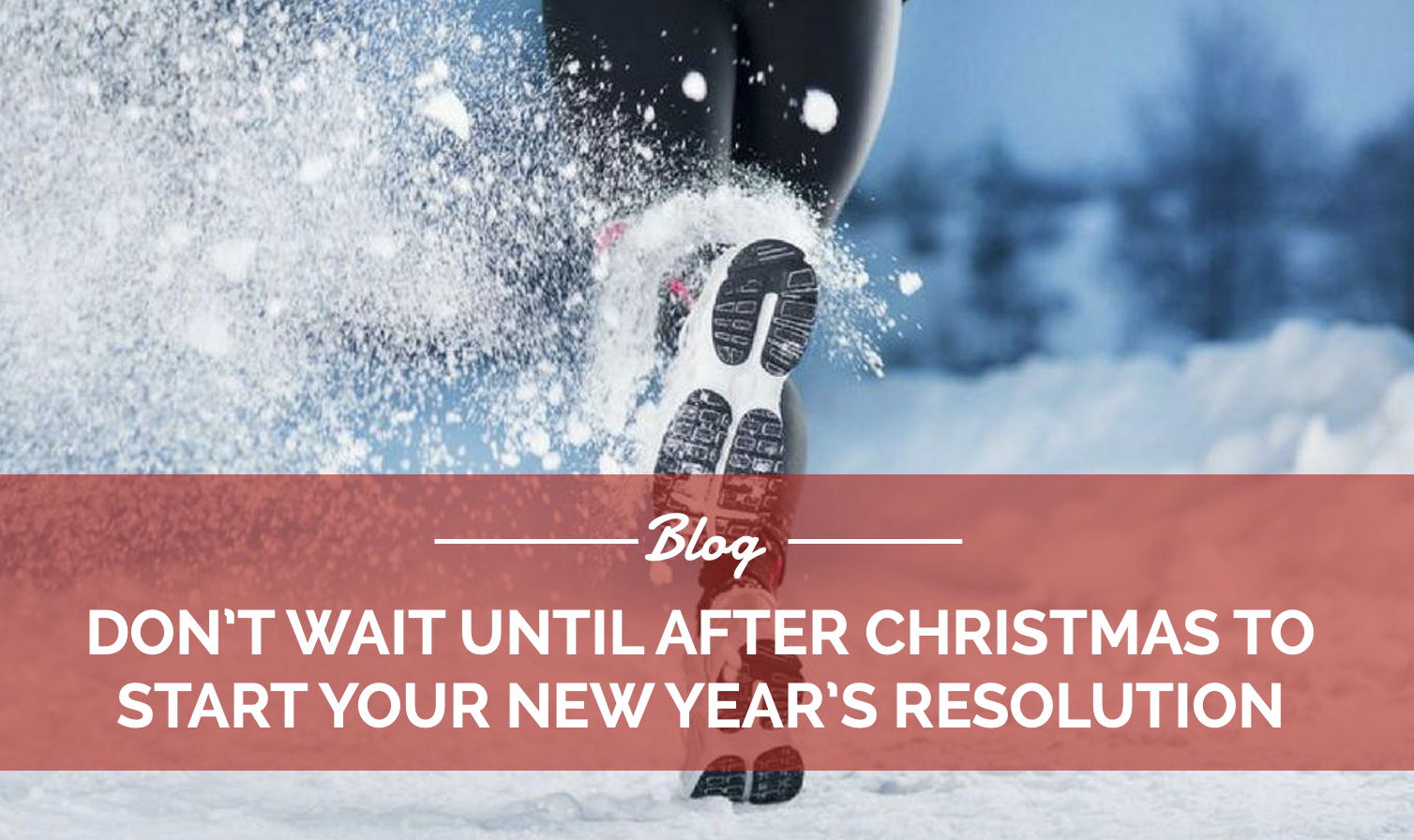Breathing is a bit of a no-brainer, literally. You inhale and exhale all day long without giving it a second thought. But here’s the weird thing about breathing: unlike other automatic functions, like your heart beating, you can also choose to control it and breathe faster or slower than normal.
It’s another area of your life that you can control and in turn, something you can turn to your advantage.
Look at it this way, your breath connects what you’re thinking and how your body feels and it works both ways – not only does your breath speed up when you get stressed, but breathing quickly can actually bring on feelings of stress. It works the other way too: Slow your breathing down and make your breaths deeper and you will start to quickly feel more relaxed.
Such is the power of taking control of your breathing.
Why Deep Breathing?
Mindful, deep breathing is a proven way to relieve stress that negatively affects your health, well-being, and ability to work out and perform at your best. It’s a simple technique that you can use to consciously evoke a relaxed response.
When you breathe slowly your heart rate starts to synchronize to the rhythm of your breathing and your body sends a message to your brain: “You’re calm, you’re safe.” When your mind is calm and ready for the challenges that lie ahead, your body will be able to perform better, too.
If you regularly apply deep breathing exercises, you may start to see benefits such as better resilience, reduced effects of stress, and improved sleep and overall well-being.
Deep breathing can help you:
- Prepare you for the day with a balanced mindset
- Unwind during the day
- Fall asleep more easily and sleep more soundly
- Focus your energy before an important event
Learning to Breathe
Breathing deeply does not necessarily mean you are breathing correctly. You need to focus on breathing in a rhythmic way that engages your diaphragm.
Here are some quick steps for performing correct abdominal breathing:
- Step One: Close your eyes and breathe in through your nose until your lungs are full; use your abdomen to inhale completely. You should notice an expansion of the lower rib cage and abdomen, rather than an upward or inward upper chest motion. Think belly breathing, not chest breathing.
- Step Two: Once you’ve inhaled completely, hold your breath for 3-7 seconds. This is to allow a proper exchange of oxygen and carbon dioxide. You should feel full of air, from your rib cage to your stomach muscles. Your shoulders should be pulled back and your head held erect to maintain an open airway.
- Step Three: Breathe out all the air through your mouth with a whooshing sound. As you exhale, try to visualise your cells releasing waste and absorbing energy. This is a form of mindful breathing and will help you release any muscle tension you’re experiencing and calm any heart rate variability.
Try this right now and note how you feel.
When done correctly, these breathing exercises can bring you numerous health benefits – like reduced heart rate, lower blood pressure, a boosted metabolism, and an increased blood circulation level. It can also help to relax your mind and body.
This is your opportunity to use breathing to your advantage. Will you embrace it?





